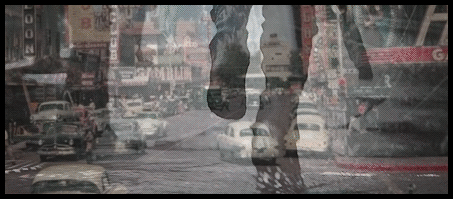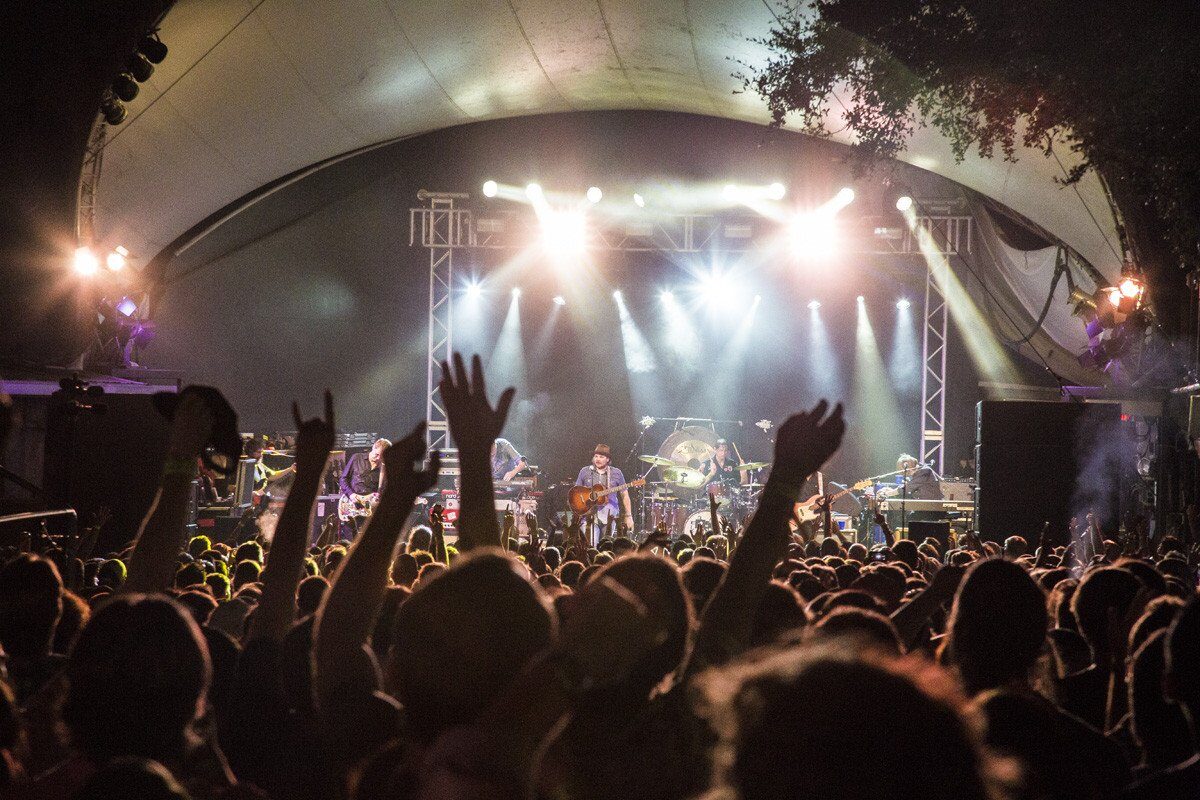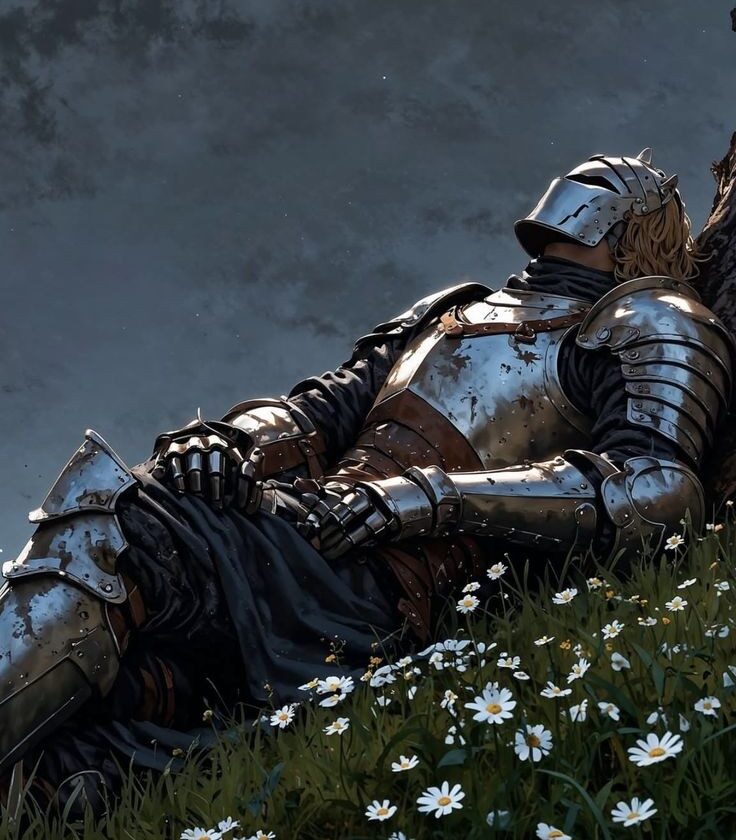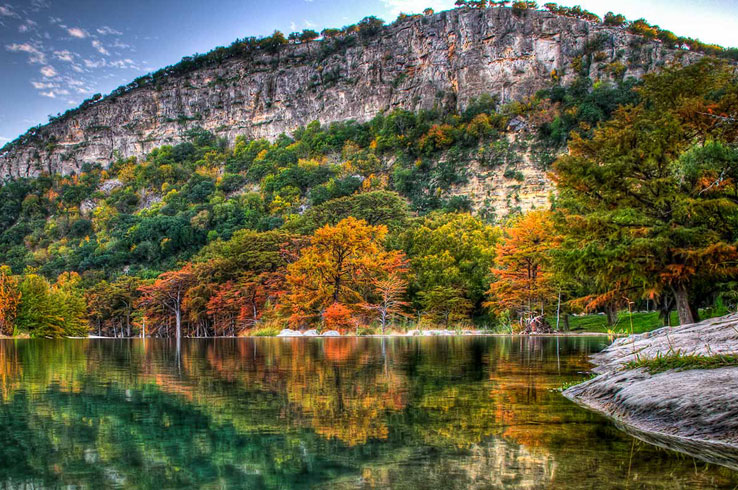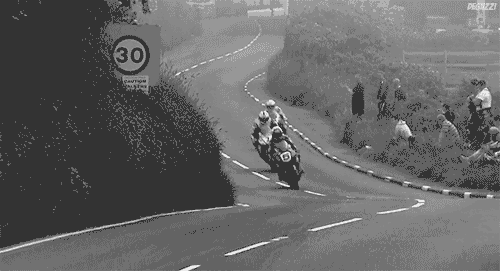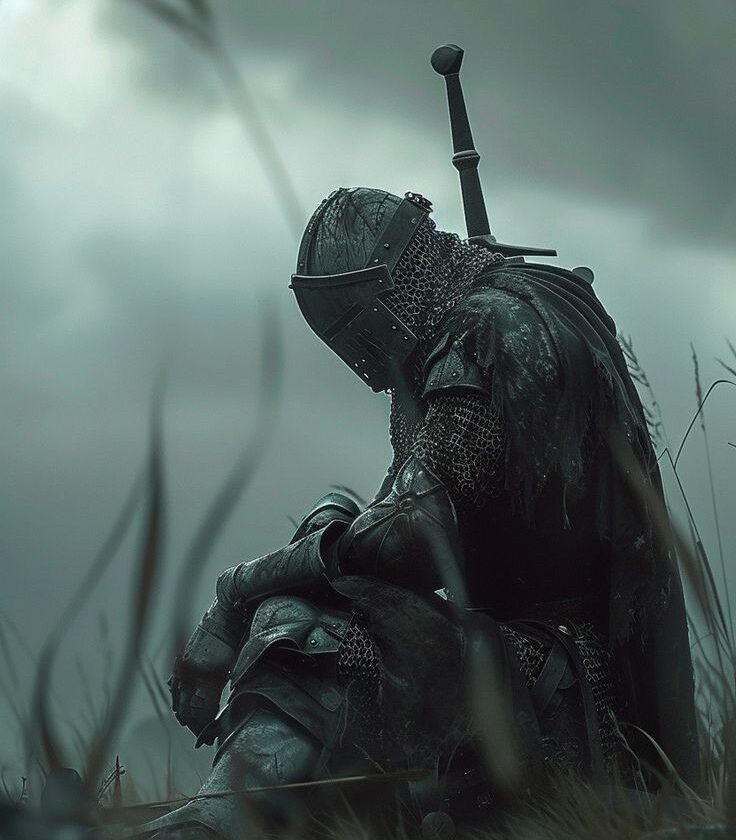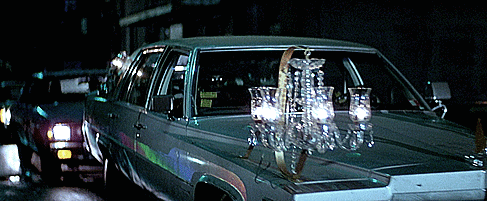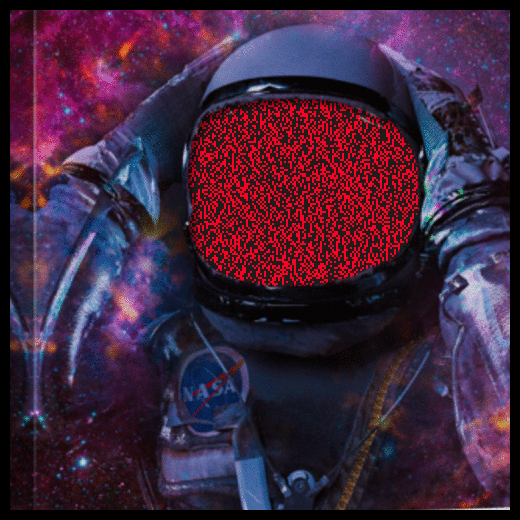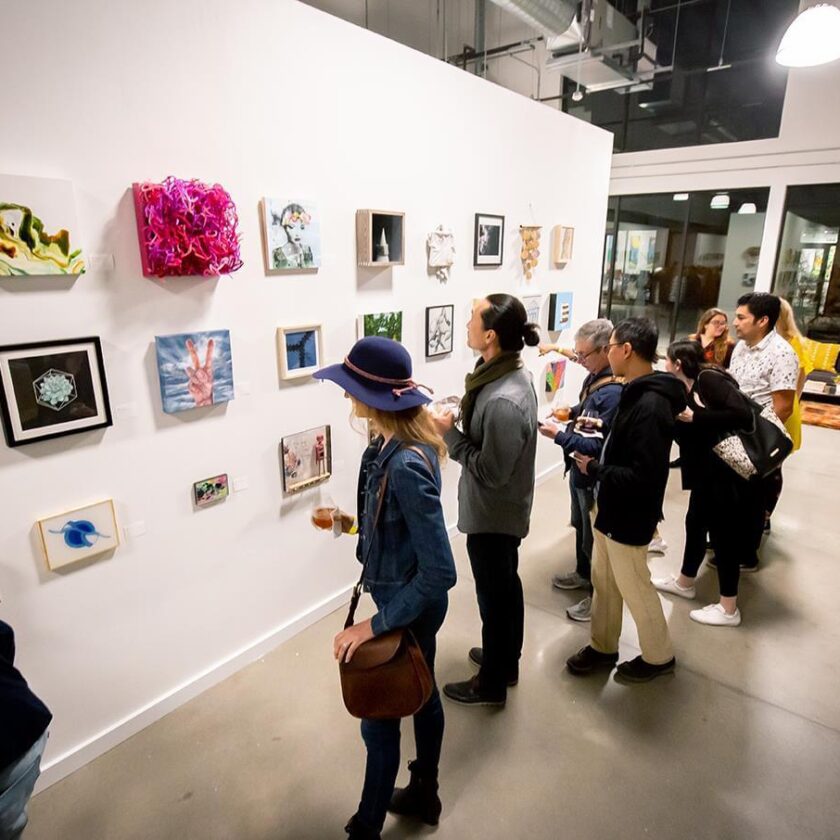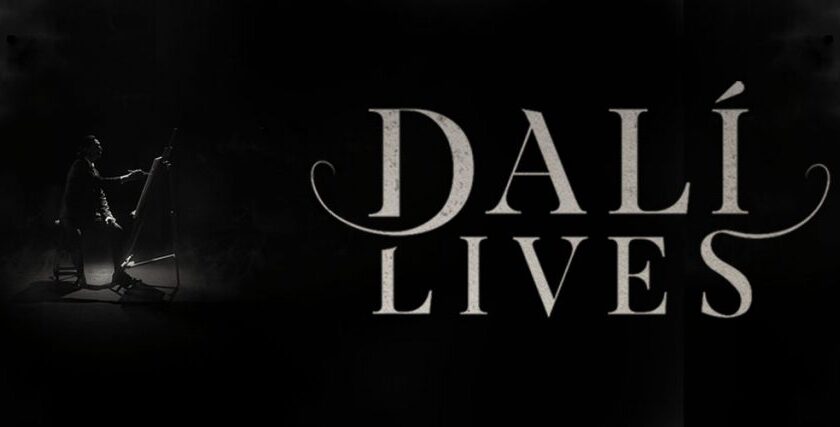Death and the devil. Nudity and eroticism. Horror. With its daring subjects and blazing colors, the art of the Gothic period captivated viewers some 500 years ago, and still affects us deeply, today. This documentary focuses on some of the most spectacular panels and paintings of the Gothic period. The mid-15th century saw the creation of works like “Purgatory,” “Hell,” and “Paradise.” Gothic specialists introduce us to these works, while explaining just how innovative Gothic painting really was. They walk us through the beauty of the colors, show us just how daring the erotic scenes can be, and highlight the raw power of the devils and monsters. Art historian and director Grit Lederer explains how special macro-optic technology sheds new light on the artworks‘ tiniest details, while the storied Cologne Cathedral opens at midnight to let art historians examine the “Liebeszauber” painting, still shrouded in mystery to this day. #dwdocumentary #freedocumentary #art #documentary
Gothic art was a style of medieval art that developed in Northern France out of Romanesque art in the 12th century AD, led by the concurrent development of Gothic architecture. It spread to all of Western Europe, and much of Northern, Southern and Central Europe, never quite effacing more classical styles in Italy. In the late 14th century, the sophisticated court style of International Gothic developed, which continued to evolve until the late 15th century. In many areas, especially Germany, Late Gothic art continued well into the 16th century, before being subsumed into Renaissance art. Primary media in the Gothic period included sculpture, panel painting, stained glass, fresco and illuminated manuscripts. The easily recognizable shifts in architecture from Romanesque to Gothic, and Gothic to Renaissance styles, are typically used to define the periods in art in all media, although in many ways figurative art developed at a different pace.
The earliest Gothic art was monumental sculpture, on the walls of Cathedrals and abbeys. Christian art was often typological in nature (see Medieval allegory), showing the stories of the New Testament and the Old Testament side by side. Saints’ lives were often depicted. Images of the Virgin Mary changed from the Byzantine iconic form to a more human and affectionate mother, cuddling her infant, swaying from her hip, and showing the refined manners of a well-born aristocratic courtly lady.
Secular art came into its own during this period with the rise of cities, foundation of universities, increase in trade, the establishment of a money-based economy and the creation of a bourgeois class who could afford to patronize the arts and commission works, resulting in a proliferation of paintings and illuminated manuscripts. Increased literacy and a growing body of secular vernacular literature encouraged the representation of secular themes in art. With the growth of cities, trade guilds were formed and artists were often required to be members of a painters’ guild. As a result, because of better record keeping, more artists are known to us by name in this period than any previous; some artists were even so bold as to sign their names.
